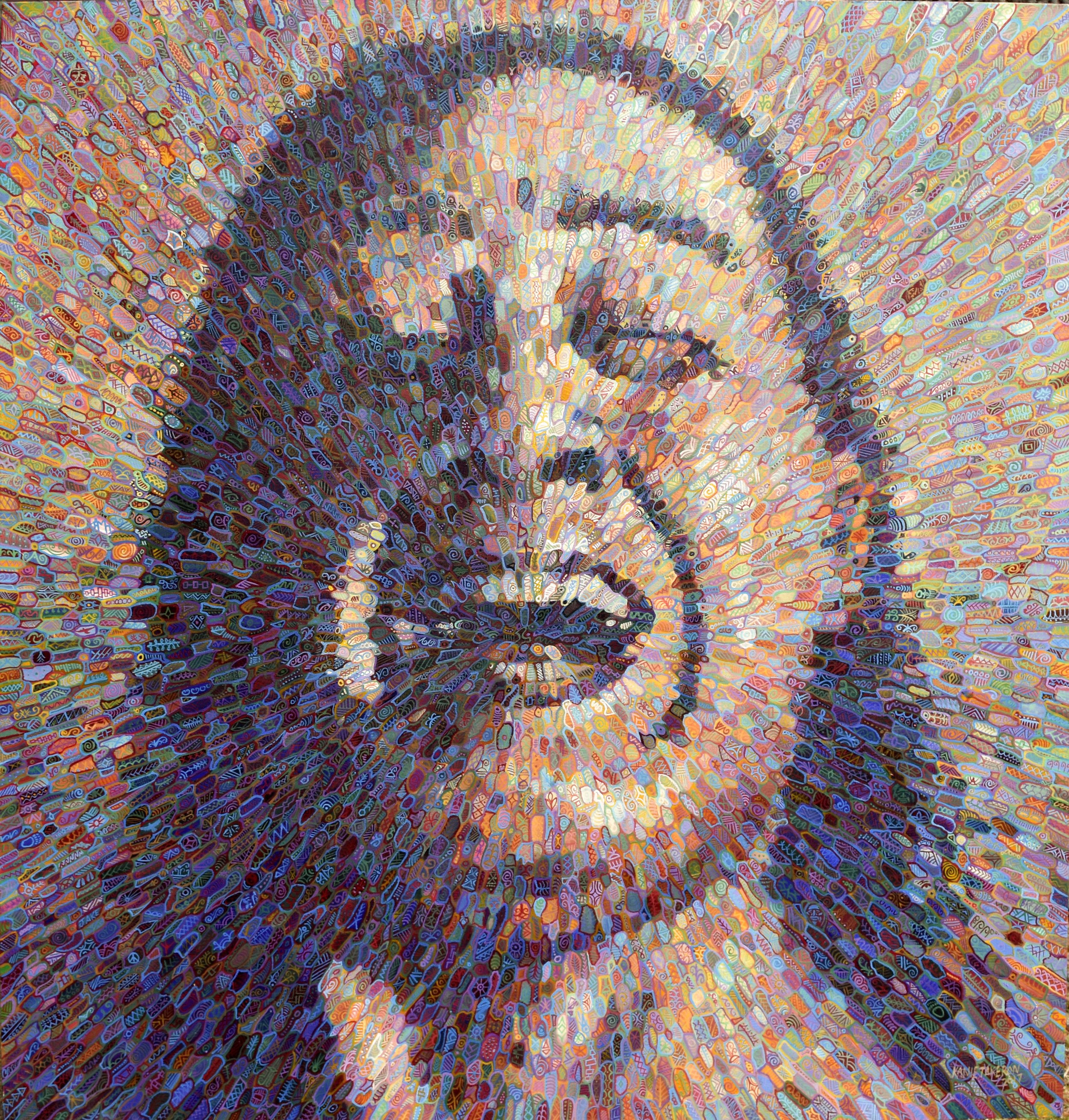
David Fadden Indigenous Reflections Exhibition 2020
February 7th - February 28, 2020
David Fadden was born in Lake Placid, NY in the heart of the Adirondack Mountains. He was raised in Onchiota, NY, graduated from the Saranac Lake Central School, and attended North Country Community College. In conjunction with the formal art training he received in the educational system, he learned technical skills and artistic insight from his parents: John Fadden, educator, illustrator and painter; and Elizabeth Eva Fadden, wood sculptor and potter. His area of expertise, in respect to creating images of Native Americans, has been nurtured by learning from his paternal grandfather, Ray Fadden, designer, author, and founder of the Six Nations Indian Museum of Onchiota, New York.
Fadden’s work has been exhibited in Albany, New York, the Lake Placid Center for the Arts, Centre Strathearn in Montreal, Quebec, the Unison Arts & Learning Center in New Paltz, NY, the Cornwall Regional Art Gallery, the National Museum of American Indian and the Aboriginal Art Centre in Gatineau, Quebec. His illustrations reflecting Native American legends are found in numerous children’s books, such as Fulcrum Publishing’s Keepers of the Animals, Keepers of Night & Native American Animal Stories, Keepers of Life, and New England Press’s Cave of Falling Water. His work has also appeared in “How the West Was Lost: Always the Enemy,” produced by Gannett Production which appeared on the Discovery Channel. In addition to illustration and graphic design work, Fadden creates portraits reflecting the people he knows best, the Kaniehkehaka (Mohawk). Using acrylic as his primary medium he works at capturing human emotion and expression as well as reflecting aspects of his Mohawk culture.
As a cultural educator and storyteller, Fadden found that his paintings could be utilized as an educational tool. To help dispel the stereotypical image of the noble savage or stoic native, he produced paintings that depicted Native people laughing and expressing other emotions. Several of his works illustrate contemporary issues affecting native people across the continent. These more political paintings help bring awareness to issues that seldom make the headlines but impact the lives of Indigenous people.
In some of his work, Fadden uses a technique similar to mosaic composition, producing paintings that the viewer “hears.” Using a pointillism style, he creates an image with dabs of paint which he then arduously outlines and fills with a design or image. The result is a complicated mass of images that from a distance looks like a portrait. When the viewer closely examines the painting, they can see the smaller images in each mosaic.




